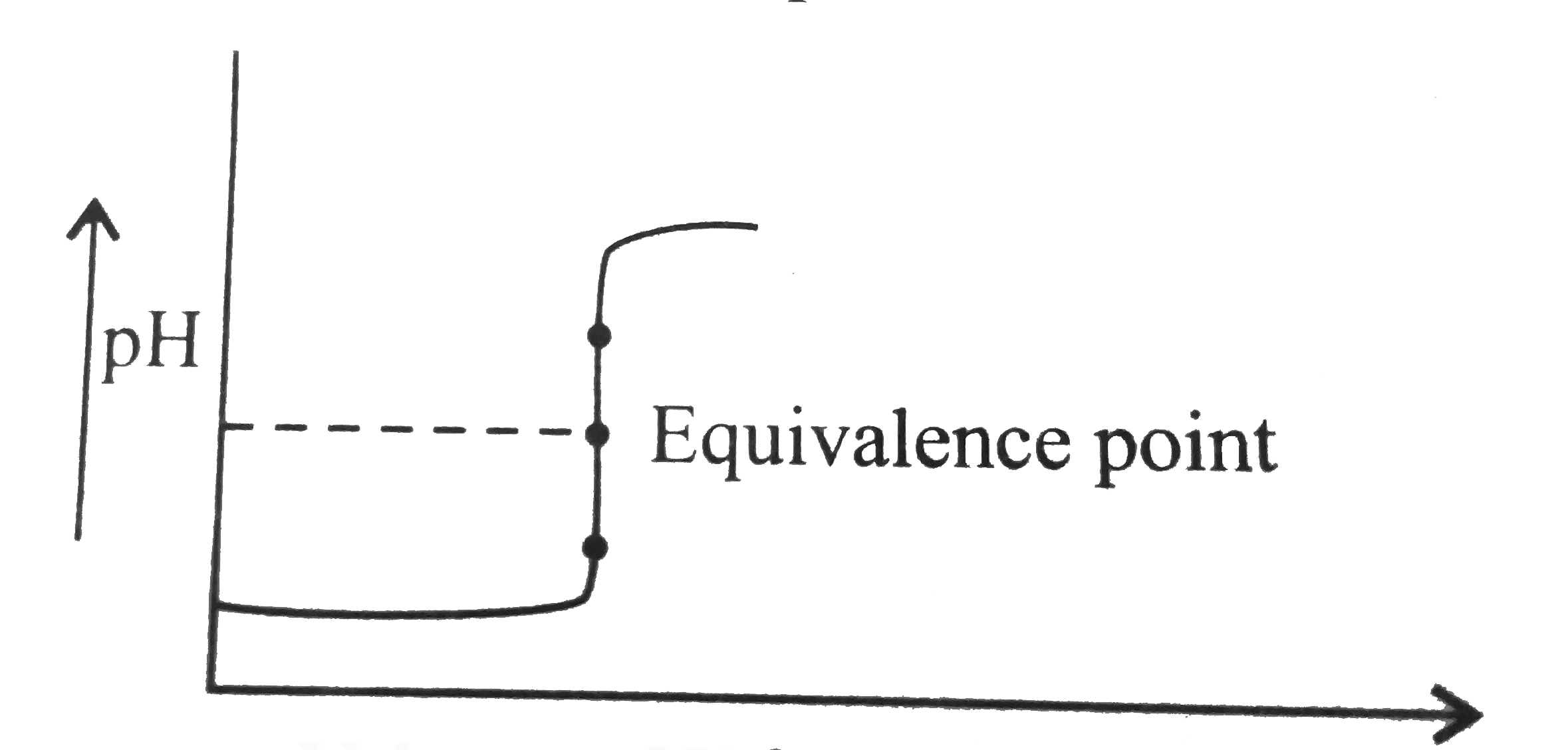Explain why phenolphthalein is used as an indicator in acid-base titration.
Step-by-Step Solution:
1. Definition of Phenolphthalein: Phenolphthalein is a weak organic acid that can exist in two forms: the undissociated form (HPH) and the dissociated form (pH⁻).
2. Color Change: The undissociated form of phenolphthalein is colorless, while the dissociated form (pH⁻) is pink. This property is crucial for its role as an indicator.
3. pH Range: Phenolphthalein changes color in a specific pH range, typically from 8 to 9.8. This means that it will indicate a transition from acidic to slightly basic conditions.
4. Behavior in Acid-Base Titration: During an acid-base titration, as an acid is neutralized by a base, the pH of the solution changes. Initially, the solution is acidic, and phenolphthalein remains colorless.
5. Equilibrium Shift: As the titration progresses and the pH increases (the solution becomes less acidic and more basic), the equilibrium of phenolphthalein shifts to the right, leading to the formation of the pink ion (pH⁻).
6. End Point Indication: The appearance of the pink color indicates that the solution has reached a pH where phenolphthalein is in its dissociated form, marking the endpoint of the titration.
7. Reversal at Endpoint: If the solution becomes too basic, the equilibrium can shift back to the left, and the solution may turn colorless again, indicating that the endpoint has passed.
Conclusion: Phenolphthalein is used as an indicator in acid-base titrations because of its clear and distinct color change from colorless to pink, which corresponds to the pH range where the transition from acidic to basic occurs.
---
Topper's Solved these Questions
- SAMPLE PAPER 2014BOOK - ICSECHAPTER - SAMPLE PAPER 2014EXERCISE - PART-II (SECTION -B)
15 Videos
- SAMPLE PAPER 2014BOOK - ICSECHAPTER - SAMPLE PAPER 2014EXERCISE - PART-II (SECTION -C)
21 Videos
- SAMPLE PAPER 2014BOOK - ICSECHAPTER - SAMPLE PAPER 2014EXERCISE - PART-II (SECTION -C)
21 Videos
- SAMPLE PAPER 2013BOOK - ICSECHAPTER - SAMPLE PAPER 2013EXERCISE - PART-II (SECTION-C)
17 Videos
- SAMPLE PAPER 2015BOOK - ICSECHAPTER - SAMPLE PAPER 2015EXERCISE - PART-II SECTION-C QUESTION 10.
7 Videos
Similar Questions
Phenolphalein does not act as an indicator for the titration between
View Solution(a). IF both (A) and (R) are correct and (R) is the correct explanation of (A).
(b). If both (A) and (R) are correct but (R) is not the correct explanation of (A).
(c). If (A) is correct, but (R) is incorrect.
(d). If (A) is incorrect, but (R) is correct. ltbr> (e) if both (A) and (R) are incorrect.
Q. Assertion (A): In the titration of strong acid and strong base, phenolphthalein is used as suitable indocator.
Reason (R): IN the titration of strong acid and strong base, the equivalence points lies is the pH range of (3.0−10.5) and phenolphthalein have pH range of (8.0−9.8).
View SolutionExplain the action of phenolphthalein as an indicator on the basis of Ostwald's theory.
View SolutionWhat is the role of indicator in titration ?
View SolutionWhich of the following is/are true for an acid- base titration?
View Solution
The suitable indicator for the titration is
View Solution20mL of 0.1M solution of compound Na2CO3.NaHCO3.2H2O is titrated against 0.05MHCI.xmL of HCI is used when phenolphthalein is used as an indicator and y mL of HCI is used when methly orange is the indicator in two separate titrations. Hence (y−x) is :
View Solution20 mL of 0.1 M solution of compound NaCO3.NaHCO3.2H2O is titrated against 0.05 M HCL. X mL of HCL is used when phenolphthalein is used as an indicator and y mL of HCL is used when methly orange is the indicator in two separate titrations. Hence (y-x) is:
View SolutionExplain why formic acid is stronger acid than benzoic acid.
View SolutionWhich of the following are true for an acid- base titration?
View Solution
